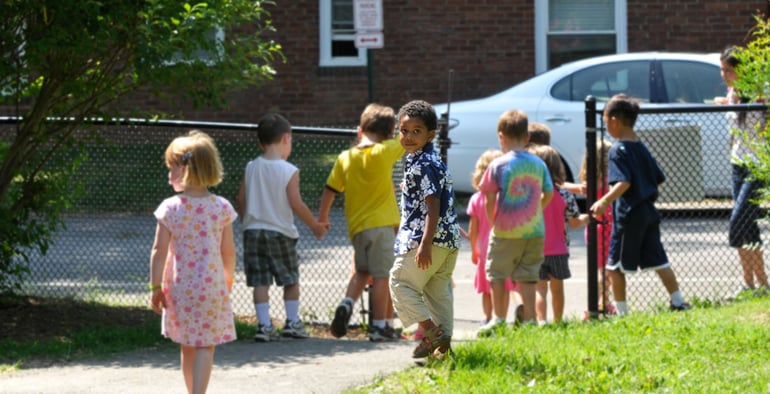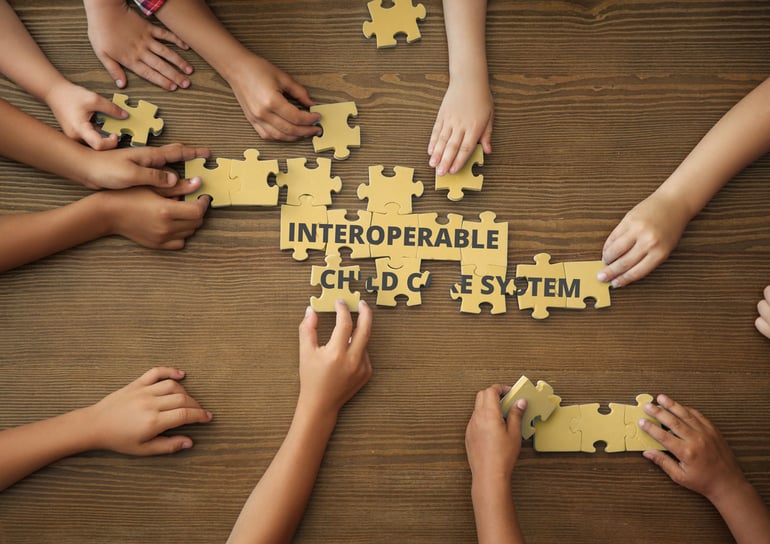We are all lifelong learners. Granted, for some of us, the pursuit of learning is an inherent strength. For others, it can be a challenge, a heavier lift, but our changing world demands it of us. So for folks like me, where it most certainly is not a strength, we take a deep breath and dive in. And we survive, often even thrive, and want to share that learning with others. But let me back up.









